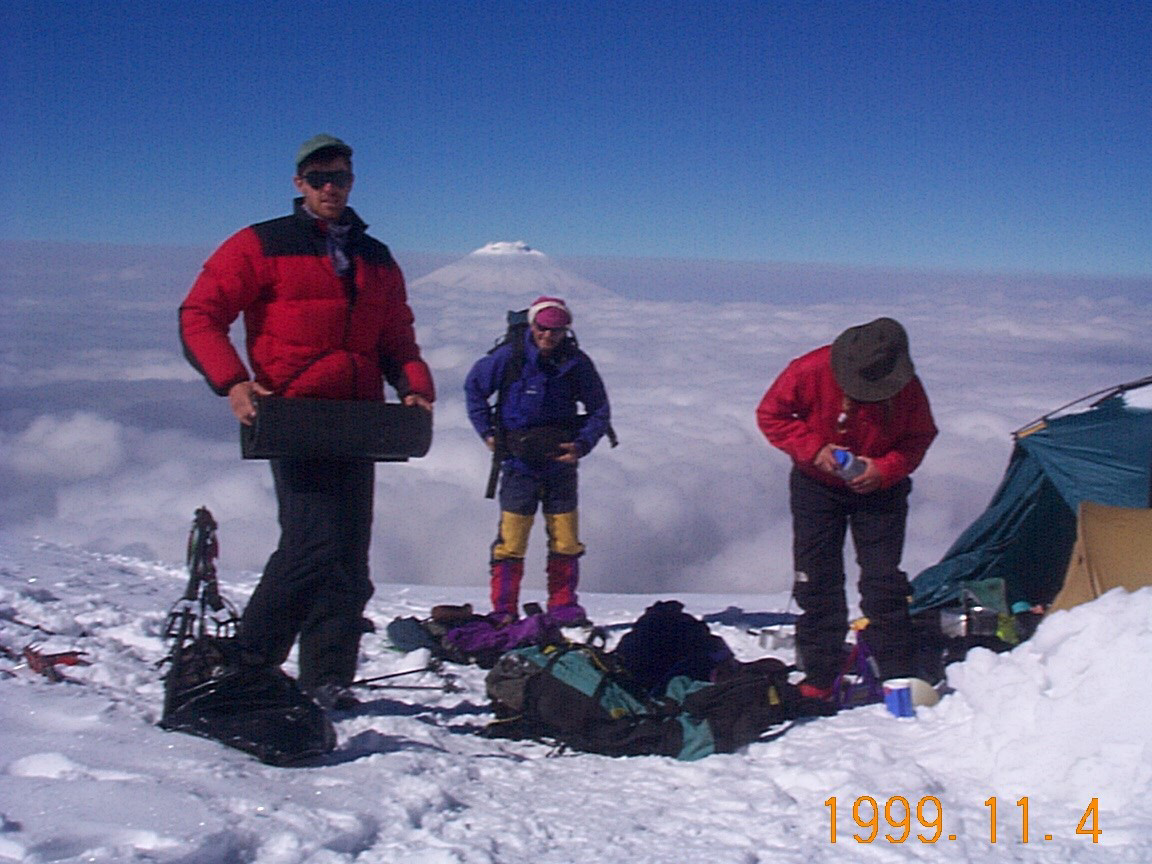
Tropical glaciers have been poorly studied, in part because they are generally located in countries with few resources and little need to study the glaciers. The increasing population pressure in Ecuador and other tropical mountain countries of South American has resulted in some urgency in understanding tropical glaciers and how these glaciers may respond to changes in climate. Mudslides from glaciers on Nevado Ruiz in Colombia killed 25,000 people and glacial avalanches from Huascaran in Peru have killed more than 20,000 people. Quito, the capital of Ecuador, now gets signicant amounts of municipal and industrial water from the volcano Antisana's glacial runoff. Additionally, glacial runoff from Antisana, Chimborazo, Cayambe, Cotopaxi, Carihuayrazo, and Altar provide water for irrigation and domestic use for local communities. The success of the Antisana water diversion has resulted in proposals to expand existing uses of glacial meltwater and a call for additional water diversions and hydroelectric plants in Ecuador using glacial runoff.
I spent the fall of 1999 in South America conducting research on glacial hydrology. Most of the research was conducted on and near Antisana, a glaciated volcano 5,752m (18,871 ft) in elevation. Antisana is an unusual combination of an active glacial system located on an active volcano at the equator. Activities including drilling a shallow ice core (16 meters) on the summit of Antisana, evaluating the contributions of glacial runoff to the surface water hydrology, and conducting the first characterization of the chemical content of surface waters in the Paramo.
A photo essay of the drilling activities on Antisana is
available
HERE.